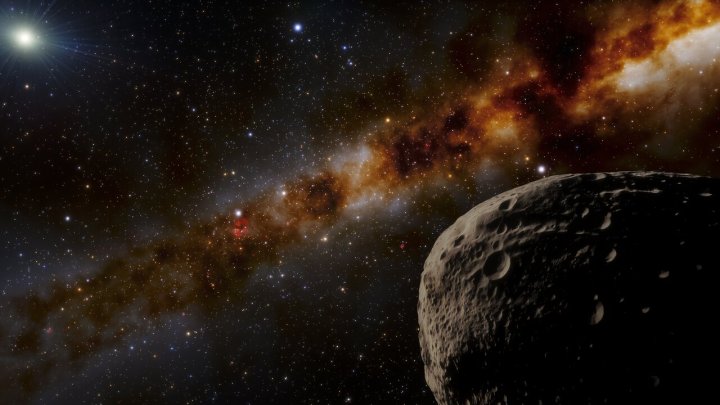
Astronomers have confirmed the orbit of the most distant object in our solar system, and have found that at times it is even further away than previously thought.
The object, appropriately nicknamed “Farfarout,” was discovered in 2018 using the Subaru Telescope. It was thought to be 140 times further away from the sun than the Earth, which is 3.5 times the distance from the sun to Pluto. But because it was so far away, it was impossible for astronomers to calculate its orbit without more data.
“At that time we did not know the object’s orbit as we only had the Subaru discovery observations over 24 hours, but it takes years of observations to get an object’s orbit around the Sun,” explained co-discoverer Scott Sheppard of the Carnegie Institution for Science in a statement. “All we knew was that the object appeared to be very distant at the time of discovery.”
Since then, astronomers have been observing the object, and they can now confirm that it is indeed the most distant known object in the solar system. They used the Gemini North telescope on Maunakea in Hawai‘i and the Carnegie Institution for Science’s Magellan Telescopes in Chile to observe the object over time and to determine its orbit. They found that it is 132 currently times further away from the sun than Earth, but that it has an elongated orbit which at times takes it as far away as 175 times the distance of the Earth to the sun.
Farfarout is not only very far away, it is also very small. The team estimated its size based on its brightness and found it was approximately 250 miles across. That means it could just squeeze into dwarf planet status, like Pluto or Ceres.
The findings about this object suggest that there could be more to discover in the space at the edge of the solar system — perhaps even further away objects.
“The discovery of Farfarout shows our increasing ability to map the outer Solar System and observe farther and farther towards the fringes of our Solar System,” said Sheppard. “Only with the advancements in the last few years of large digital cameras on very large telescopes has it been possible to efficiently discover very distant objects like Farfarout. Even though some of these distant objects are quite large — the size of dwarf planets — they are very faint because of their extreme distances from the Sun. Farfarout is just the tip of the iceberg of objects in the very distant Solar System.”



